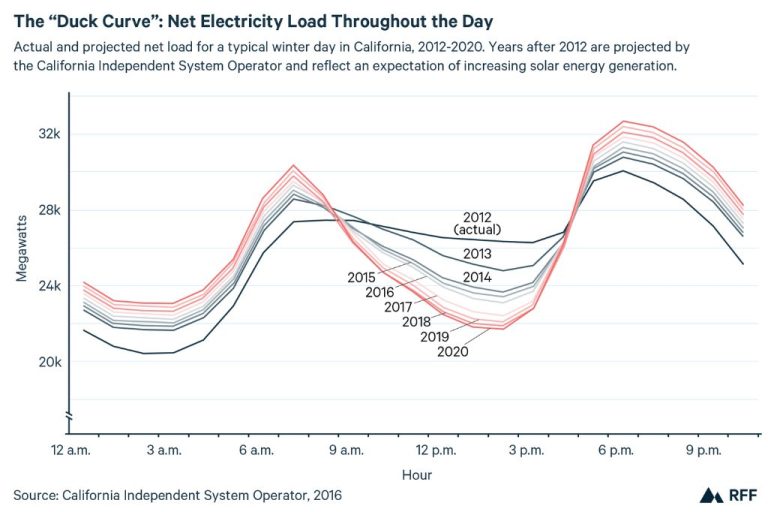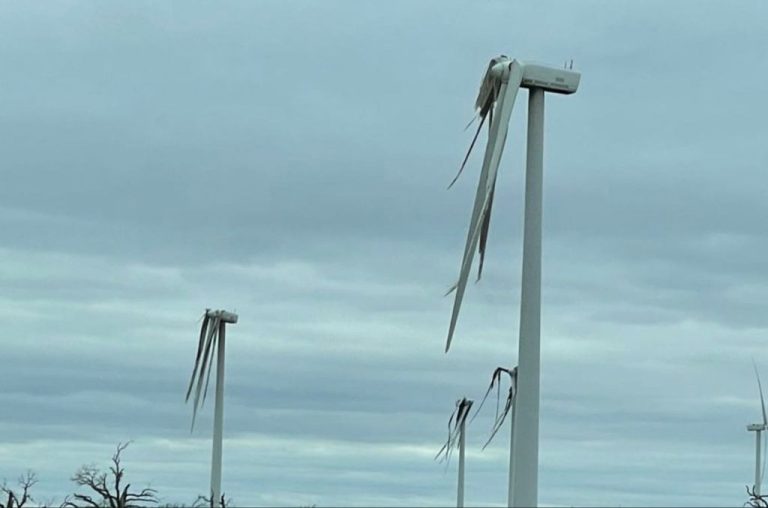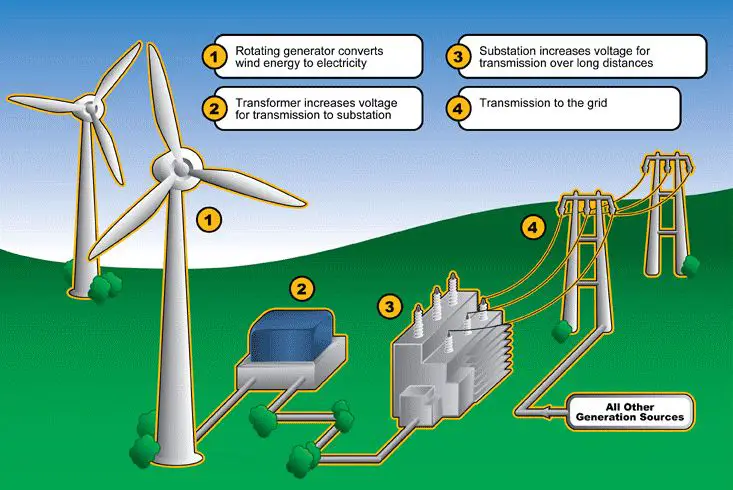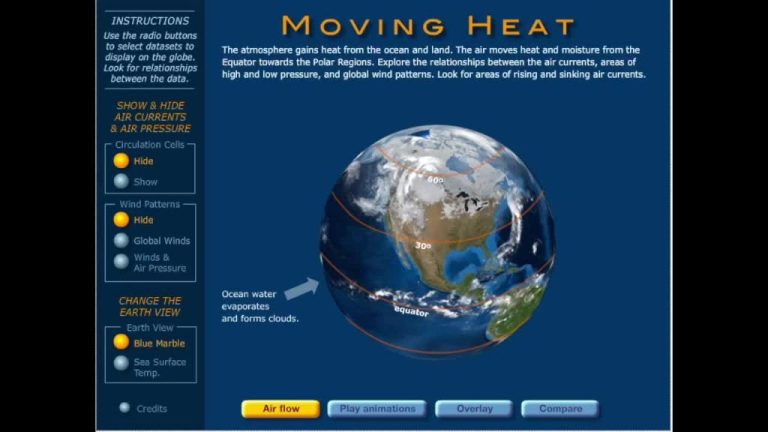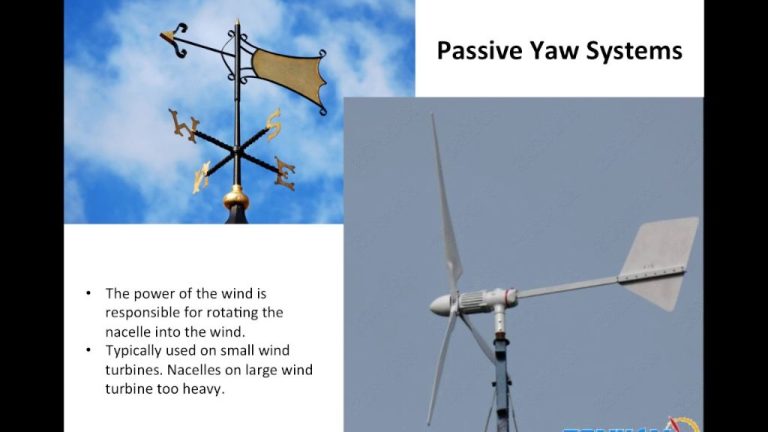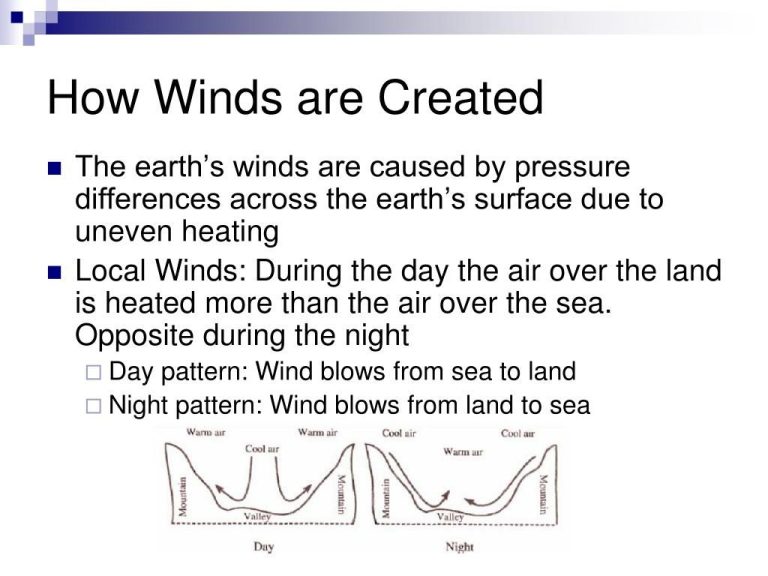Is Wind Important For Life?
Wind is all around us, flowing steadily or gusting strongly. We feel it against our skin on a breezy day, hear it rustling tree leaves, and see the impact it has on objects in its path. But few of us stop to consider just how vital wind is for sustaining all life on Earth.
In this article, we will explore the diverse and critical roles wind plays on our planet. From driving weather patterns and ocean currents, to enabling flight and pollinating plants, wind helps shape natural processes and ecosystems in profound ways. Understanding the far-reaching influence of wind provides insight into how interconnected our atmosphere, lands, and waters truly are.
Role of Wind in Weather
Wind plays a vital role in Earth’s weather and climate patterns. As air heats and cools, it creates areas of high and low pressure. Wind flows from high to low pressure, attempting to equalize these pressure differences. This movement of air powers storms, transports moisture for rainfall, and drives ocean currents.
Wind also moves heat from the equator toward the poles, helping regulate Earth’s temperature. At the equator, intense sunlight heats the air. This less dense, warmer air rises and flows toward the poles. Colder, denser air flows from the poles back down towards the equator, creating wind circulation cells in each hemisphere. This poleward heat transport by global wind patterns helps balance temperatures across the planet.
Wind Disperses Seeds
Wind plays an essential role in dispersing seeds and spreading vegetation to new areas. Many plants rely on wind to carry their seeds far from the parent plant. This allows the seeds to take root in new locations, expanding the plant’s range. It also prevents overcrowding and increases genetic diversity.
Plants like dandelions and cottonwood trees produce lightweight, winged seeds that can be lifted by the wind and carried long distances. Even small gusts of wind are enough to spread these seeds over a wide area. This gives the seeds a better chance of landing in an environment suitable for growth.
Dispersing seeds via wind is beneficial for biodiversity. It allows plant species to propagate in new regions, leading to a more diverse mix of vegetation. Wind dispersal across geographic barriers like oceans, rivers or mountains can introduce new plant species into ecosystems. This exchange of seeds helps create varied and resilient plant communities.
Wind Powers Flight
One of the most important ways that wind enables life is by powering flight for birds, insects, seeds, and more. Without wind, these creatures and plants would not be able to travel nearly as far.
In order for birds and flying insects to stay aloft and move through the air, they rely on air currents and wind patterns to generate lift and propulsion. The wind flowing over their wings provides the aerodynamic forces required for sustained flight. This allows birds to migrate vast distances during seasonal patterns, following favorable winds to their destination. Some birds will ride cool tailwinds to travel over a thousand miles efficiently. Birds that soar and glide, like hawks, vultures, and condors, use updrafts and wind thermals rising from the landscape to aid their lengthy flights.
Insects also harness the wind, drifting on breezes to disperse, forage, and migrate. Butterflies and moths ride air currents as part of their seasonal movements to find better resources and mates. Wind carries them efficiently over great distances during these migrations. Spores, seeds, and smaller plant material like dandelion tufts also employ the wind to spread far beyond their parent plant. Using the wind for dispersal allows plants to distribute offspring widely and colonize new areas. Without relying on the wind for transportation, many species of fliers would not make it nearly as far.
Wind Drives Ocean Currents
Wind blowing across the ocean surface creates friction that drives ocean currents. These currents act like massive conveyor belts, distributing heat, nutrients, and other materials across the globe. This makes ocean currents a vital part of Earth’s climate system.
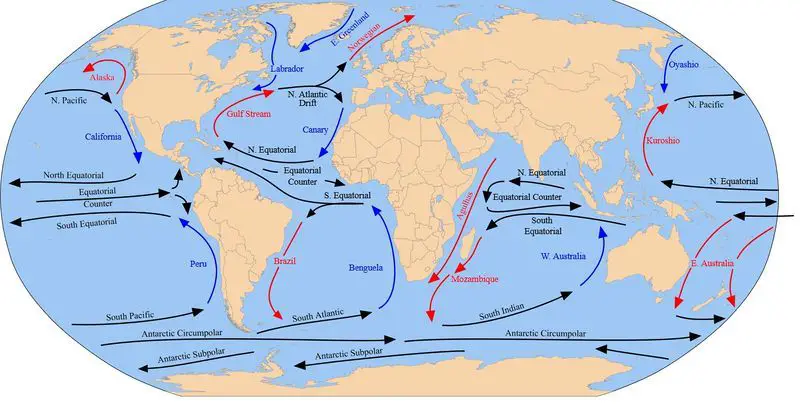
The currents carry warm water from the tropics toward the poles and cold water from polar regions toward the equator. This acts to balance temperatures and stabilize the climate. For example, the Gulf Stream brings warm water up the U.S. east coast, warming Europe and keeping places like Britain and Norway ice-free year-round.
Ocean currents also distribute nutrients that support marine ecosystems. Upwelling currents bring nutrient-rich deep water to the surface, fueling phytoplankton blooms that form the base of the ocean food web. Other currents disperse nutrients horizontally over thousands of miles.
By distributing heat, carbon dioxide, and nutrients globally, wind-driven ocean currents play a critical role in regulating Earth’s climate and sustaining life. Changes in wind patterns can alter these currents, with complex effects cascading through regional climates and ecosystems.
Wind Generates Renewable Energy
Wind is an increasingly important source of renewable energy in the world today. Wind turbines convert the kinetic energy of wind into mechanical power, which is then converted into electricity. Wind power is considered a sustainable and renewable energy source because wind will continually replenish itself as long as the sun shines and the earth rotates.
Wind power generation has grown rapidly in recent decades as more countries seek to increase their use of renewable energy. According to the Global Wind Energy Council, the global installed capacity of wind power has gone from 6,100 megawatts in 1996 to over 597,000 megawatts in 2018 – nearly a 100 fold increase. Many experts anticipate continued growth in wind power as the technology improves and costs decline. Compared to fossil fuels, wind energy produces negligible amounts of air and water pollution while helping curb greenhouse gas emissions. Wind turbines can also be installed on land or offshore to take advantage of strong and consistent winds. Overall, wind power represents a clean, renewable, and increasingly cost-competitive energy source with enormous potential to help power the world.
Wind Erosion Shapes Landscapes
Wind erosion plays a significant role in shaping desert landscapes around the world. As wind blows against rock formations, it slowly wears away the stone through a process called abrasion. Over time, this wind abrasion carves dramatic features into the desert terrain.
One classic landform created by wind erosion is the mesa – a flat-topped hill with steep sides. Mesas form when the top layer of rock is resistant to abrasion while the surrounding layers are more easily eroded. As the softer rock erodes, it leaves the harder caprock intact, creating a distinctive flat summit.
Natural arches are another desert landmark formed by wind erosion. Arches begin as a small hole or crack in a rock wall. As windblast continues to wear away the stone, the hole enlarges until it forms a freestanding archway.
In addition to carving rock, wind erosion also deposits loose sediment. As gusts blow across desert sand, they shape the grains into ripples and waves. Over time, the wind can accumulate large mounds of sand known as dunes. Some of the most iconic desert dunes can be found in places like the Sahara, Gobi Desert, and Arabian Desert.
From sculpting arches to piling dunes, wind erosion transforms the raw desert landscape into a canvas showcasing nature’s artistry.
Wind Pollinates Plants
Wind plays a vital role in pollinating many plant species, carrying pollen between flowers to enable fertilization. This process is essential for the production of fruits, seeds, and new plants. Wind pollination, known as anemophily, allows plants like grasses, trees, and food crops to reproduce.
Anemophilous plants often produce large amounts of lightweight pollen that can be picked up by wind currents. The pollen grains have a smooth, dry exterior that allows them to be easily transported through the air over long distances. When the wind blows pollen onto the female stigma of a flower, pollination occurs, allowing the plant to form fruits and seeds.
Many staple food crops depend on wind pollination, including rice, wheat, corn, and rye. Without anemophily facilitating fertilization in these plants, the global food supply would be severely impacted. Likewise, trees like oaks, pines, and maples rely on wind to carry pollen between them over hundreds of yards. The interdependence between wind and plants drives entire ecosystems.
Wind Disperses Pollution
Wind plays a major role in dispersing air pollution far from the original sources. As wind currents blow across cities and industrial areas, they pick up particulate matter, gases, and other pollutants emitted into the air. These pollutants can then travel hundreds or even thousands of kilometers before settling or being washed out by precipitation.
For example, pollutants from China have been measured across the Pacific Ocean in the United States. Winds can carry smog, haze, and smoke from wildfires long distances, degrading air quality and visibility. Air pollution dispersed by winds has been linked to increased respiratory and cardiovascular health problems downwind from the sources.
Monitoring wind patterns is important for tracking the spread of pollution and understanding impacts on air quality and public health around the world. While winds help circulate and disperse pollution globally, they can also accumulate and concentrate pollutants in certain areas when atmospheric conditions are right. Overall, wind plays a major role in the fate of pollution emitted into the skies.
Conclusion
Wind has played an essential role for life on Earth since the planet’s beginnings. As outlined throughout this article, wind impacts Earth’s weather, enables flight, powers ocean currents, generates renewable energy, shapes landscapes, pollinates plants, disperses seeds and pollution particles, and much more. Without wind, many of the natural processes and systems that sustain life would not function.
To recap, wind is a primary driver of weather patterns and precipitation around the globe. It enables flight for birds, insects, seeds, and more. Wind-driven ocean currents circulate heat, moisture, and nutrients worldwide. Wind power offers a clean, renewable energy source that will grow increasingly important. Wind erosion carves rock and moves sediment, shaping landforms over time. Wind assists in pollination and seed dispersal for numerous plant species. And wind disperses both beneficial substances like oxygen, as well as pollutants that impact health and climate.
In all of these examples, one theme is constant: wind plays a vital role in circulating essential ingredients for life on our planet. Without the kinetic energy generated by Earth’s atmosphere and temperature contrasts, many of the natural systems we depend on would not thrive. The invisible movements of air are integral to the past, present and future of life on Earth.

